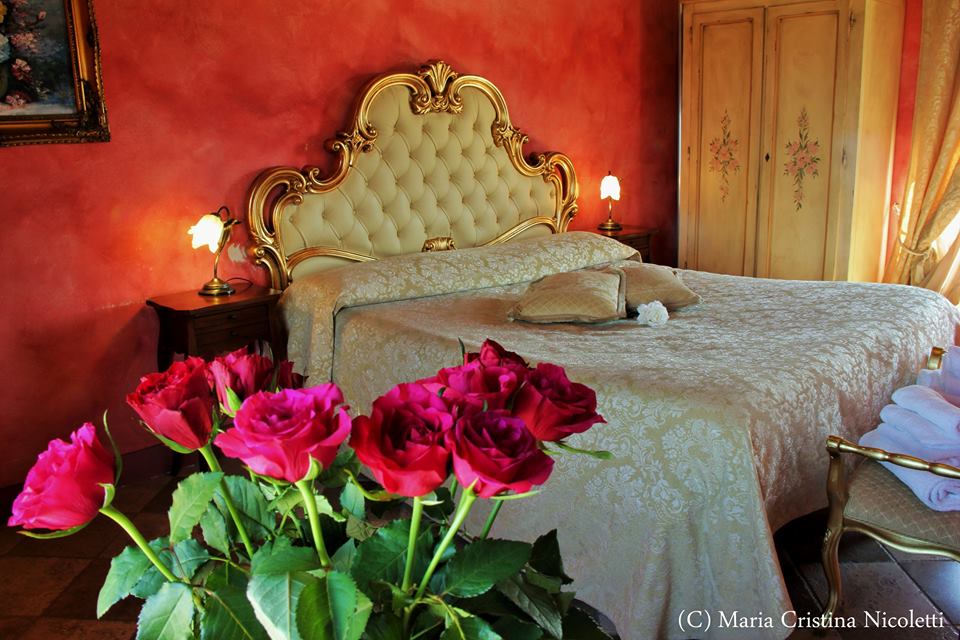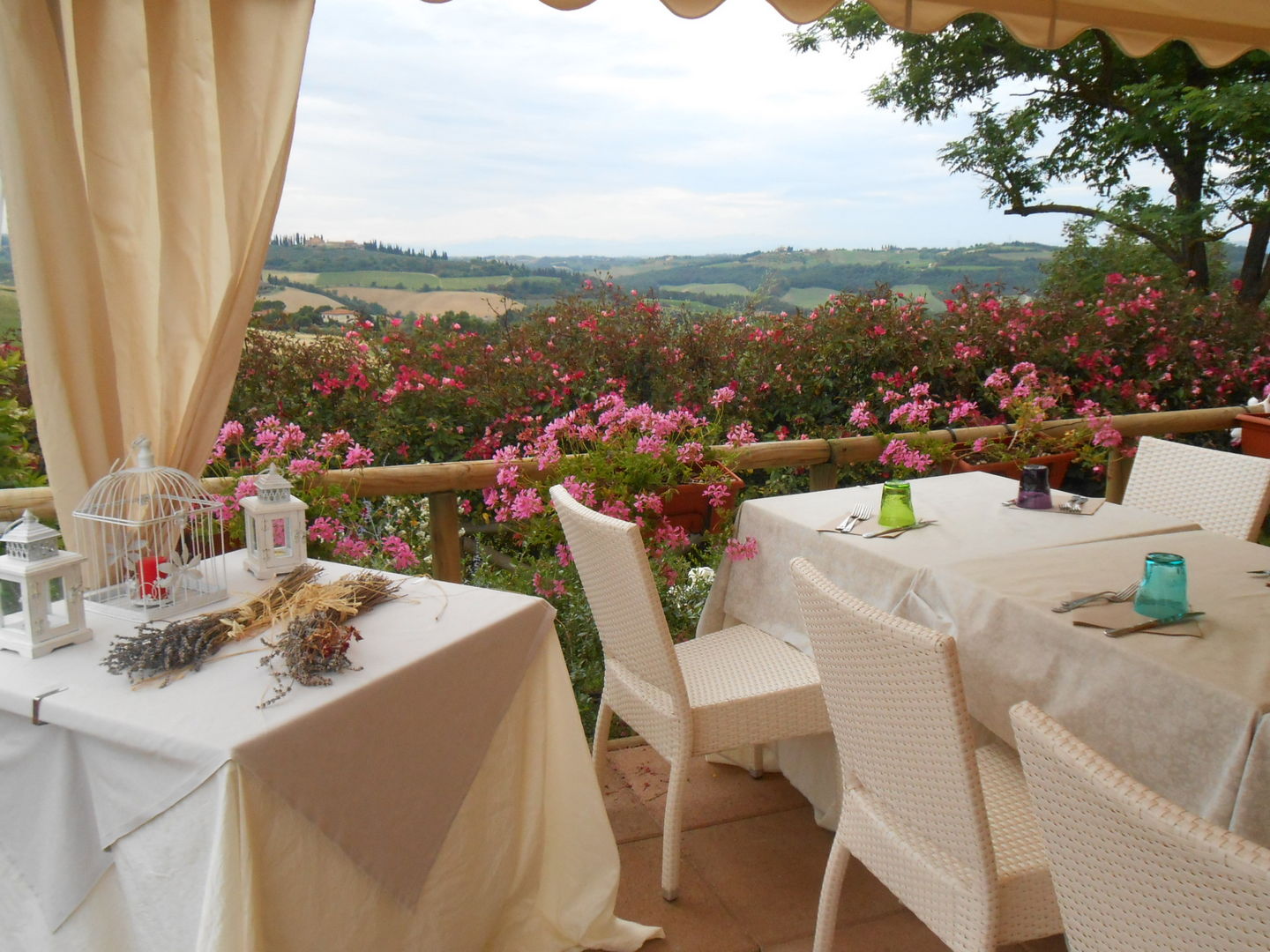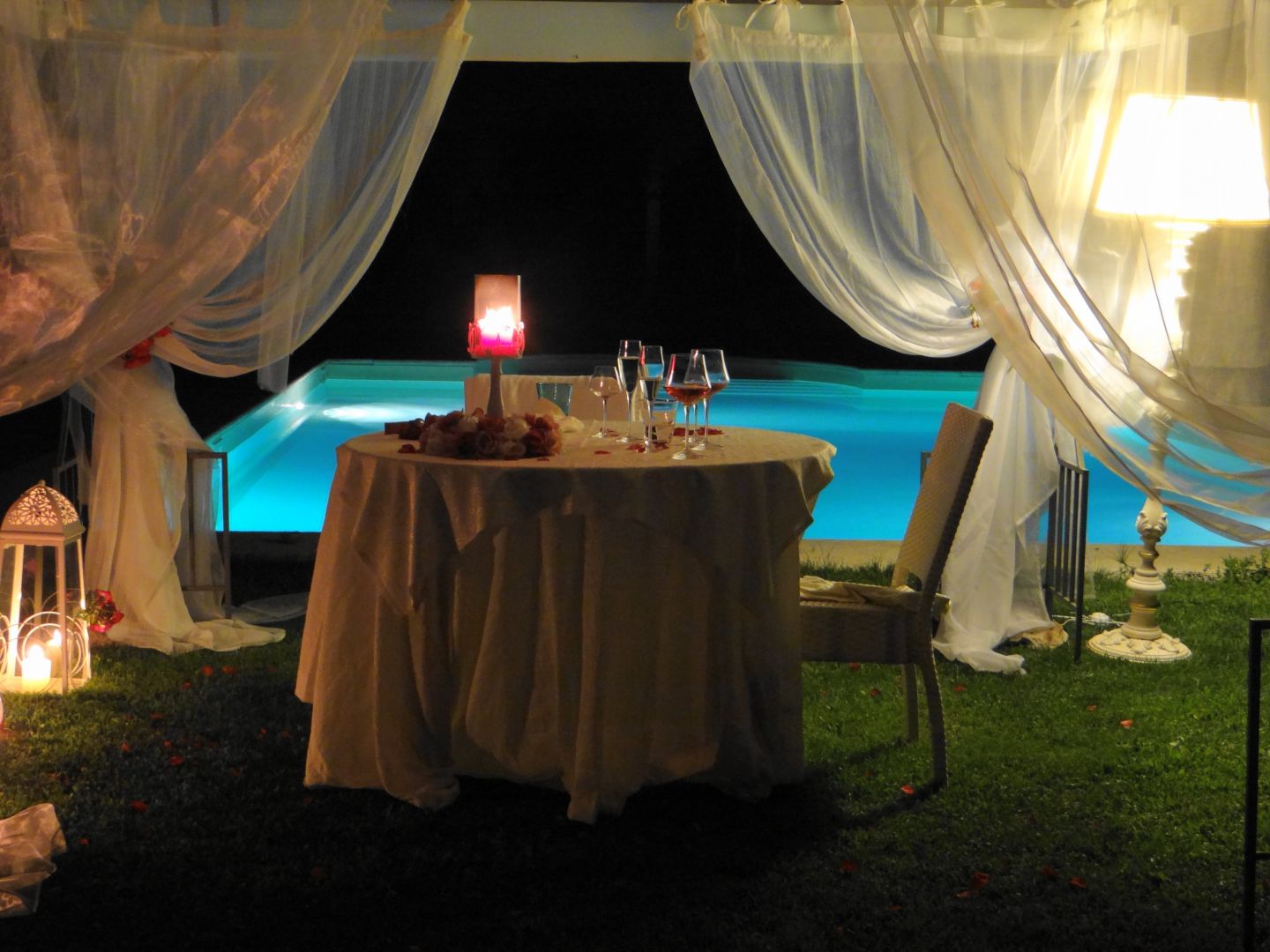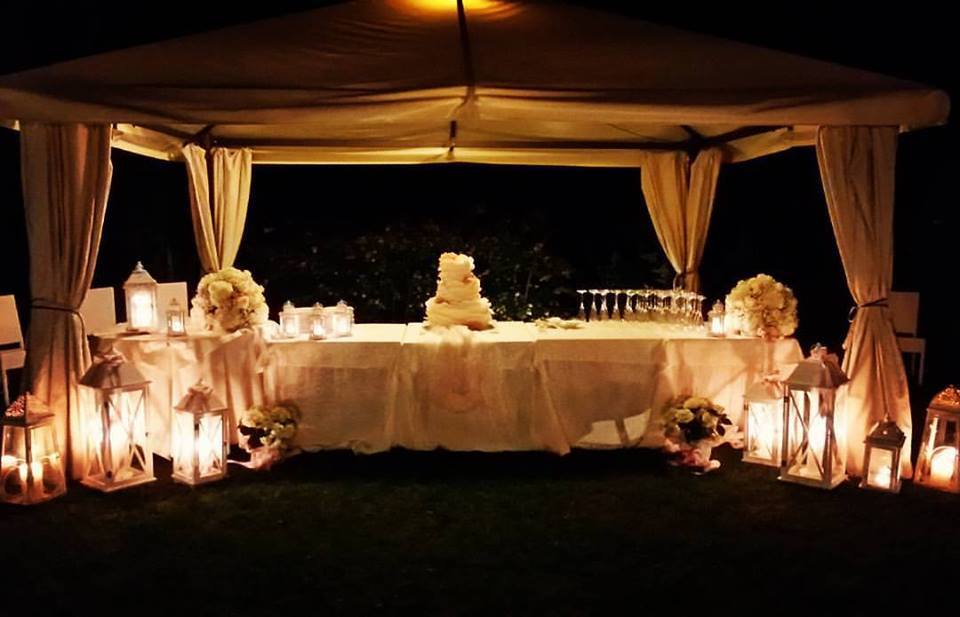SIENA
The City of the Palio
Visiting Siena is like a fascinating journey through time. The medieval historic center of Siena, as well as that of San Gimignano, which has remained intact over the centuries, is a unique and suggestive testimony of medieval architecture. Strolling through the streets of the city one is conquered by the color of the buildings, houses, roofs … by that world-famous “Terre di Siena” color that makes the landscape of Siena so harmonious and picturesque.

Siena in brief
The city mythology tells that the city founded by Senio, son of Remus, killed by his twin Romulus founder of Rome.
Senio, with his brother Ascanio (or Aschio), would in fact have left Rome because he was persecuted by his uncle Romulus and, finding refuge in the Siena area, he founded the new city.
Another legend would have it founded further south, in a place that today is called Brenna, by Brenno, head of the Senoni tribe.
However, the archaeological evidence relating to the most ancient period of Sienese history is unfortunately very limited. (Fonte Wikipedia)
This is only the beginning of an articulated and complex historical journey, which we invite you to consult, in its fundamental steps, for example on Wikipedia.

Must see in Siena
From the Taverna di Bibbiano, with a short drive and crossing an area dotted with wonders, you reach Siena, a gothic jewel that you cannot miss to visit!

Piazza Del Campo
The heart of Siena, now as in its long history, is Piazza del Campo where the main streets of the city converge. Surrounded by beautiful medieval buildings, the Piazza del Campo will be a perfect place to sit and look around overwhelmed by the beauty and uniqueness of the place. The Piazza del Campo has been the seat of the market for many centuries and hosts the Palio di Siena every summer, on 2 July and 16 August.
Piazza del Campo was originally a large lawn, hence the name “campo”. Semi-circular in shape similar to a shell, it has managed to transform the irregularity of the ground into a masterpiece of architectural beauty. The paving of the Campo was built between 1327 and 1349 and takes us back to the Government of the Nine at the beginning of the fourteenth century: in fact, the square is divided into nine parts divided between them by strips of white stone that refer to the nine rulers. The Fonte Gaia overlooks the square (which occupies the upper part of Piazza del Campo and was built between 1409 and 1419 by Jacopo della Quercia) and numerous splendid noble palaces all overlooking the Palazzo Pubblico, dominated by the Torre del Mangia.

Palazzo pubblico and Torre del Mangia
The first construction of the Palazzo Pubblico in Siena dates back to the thirteenth century.
In the first half of the fourteenth century, the hall of the Grand Council was built with the splendid frescoes of the Good Government and in 1680 the second floor was added.
It is currently Siena Town Hall.
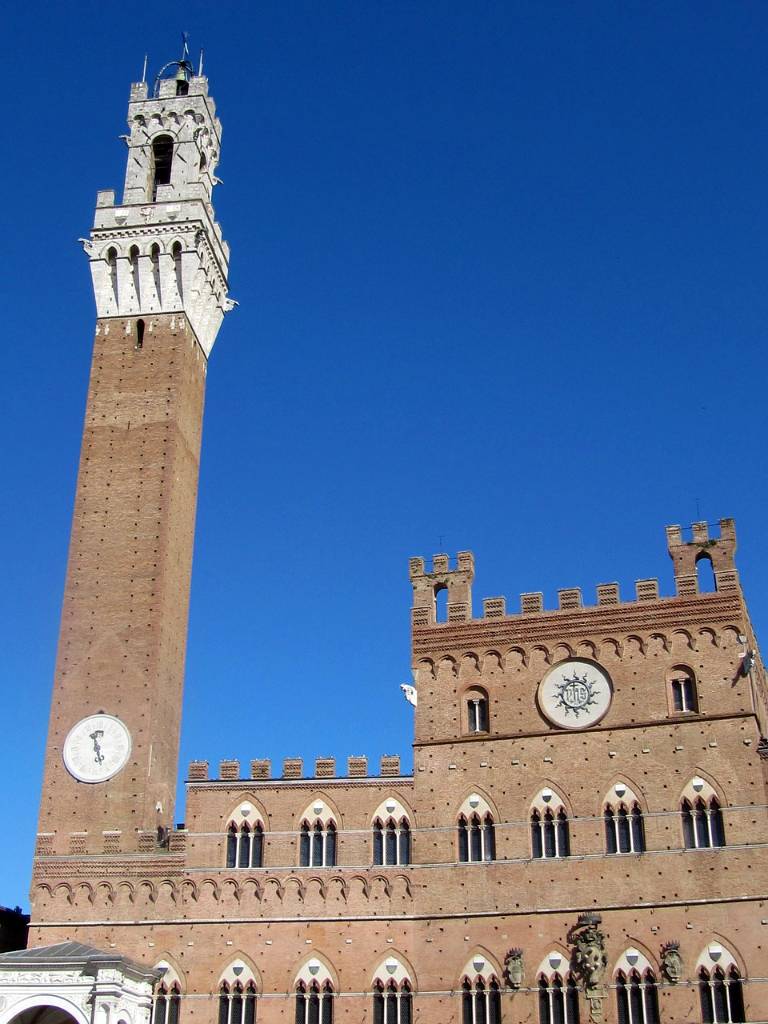

the Cathedral (Duomo)
The magnificent black and white Cathedral of Siena is one of the finest examples of the Gothic-Romanesque style in Europe.
The altar was made by Baldassarre Peruzzi and the large apsidal window was made by Duccio di Buoninsegna (Siena, c. 1255 – 1318 or 19; painter in Siena and traditionally referred to as the first teacher of the Sienese school).
There are also four sculptures by Michelangelo in the Piccolomini altar, and the San Giovanni Battista sculpted by Donatello.

The Palio di Siena
We cannot talk about Siena without talking about the Palio, an ancient event (the first regulations, many of which still in force, date back to 1633, but the “ancestor” games of the Palio have been held in Siena since the 13th century) which takes place every year on July 2 and August 16 in the heart of the city, Piazza del Campo.
The event lasts four days, in which Siena is colored with the symbols of the 17 Contrade, which represent, within the city, as many small “states”. Each Contrada has its own headquarters, a museum, an oratory and a stable for the horse.
During the days of the Palio in Siena you can breathe emotions and atmospheres that have their roots in the centuries and attract many tourists every year.
10 of the 17 Contrade participate in each edition of the race. The winner of the race receives the Drappellone (Palio), painted each year by a different artist. The Palio of 2 July is dedicated to Our Lady of Provenzano who saved the Sienese from the Spanish invasion, while that of 16 August is dedicated to Our Lady of the Assumption who saved the Sienese people from the plague.
For those wishing to learn more about the Palio di Siena in its infinite and fascinating aspects, we invite you to follow the link below

Other things to see
The visit to Siena continues with the Palazzo Piccolomini and the Papesse, a splendid Renaissance palace, the most beautiful in Siena.
A very interesting work is the Loggia della Mercanzia, while the most important museums and art galleries in Siena include the Museo dell’Opera Metropolitana del Duomo; the National Picture Gallery; the Civic Museum of the Palazzo Pubblico, the museum complex of Santa Maria della Scala.

